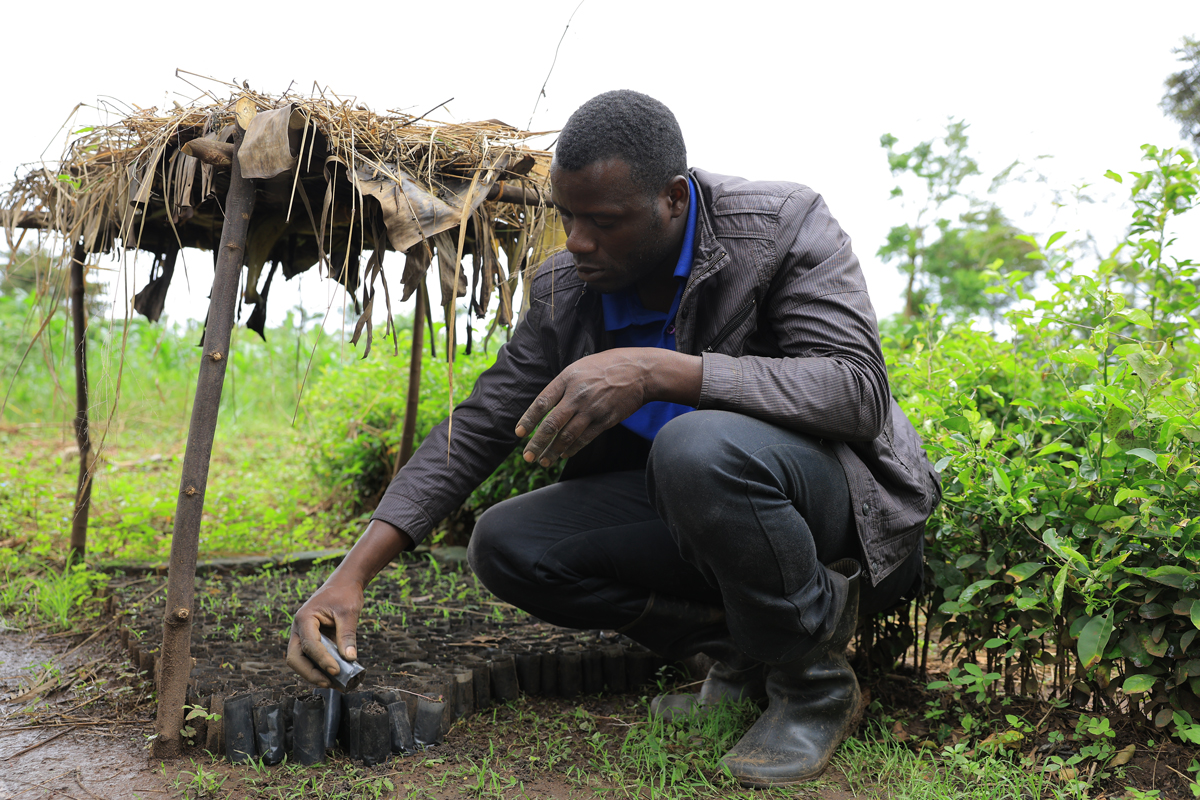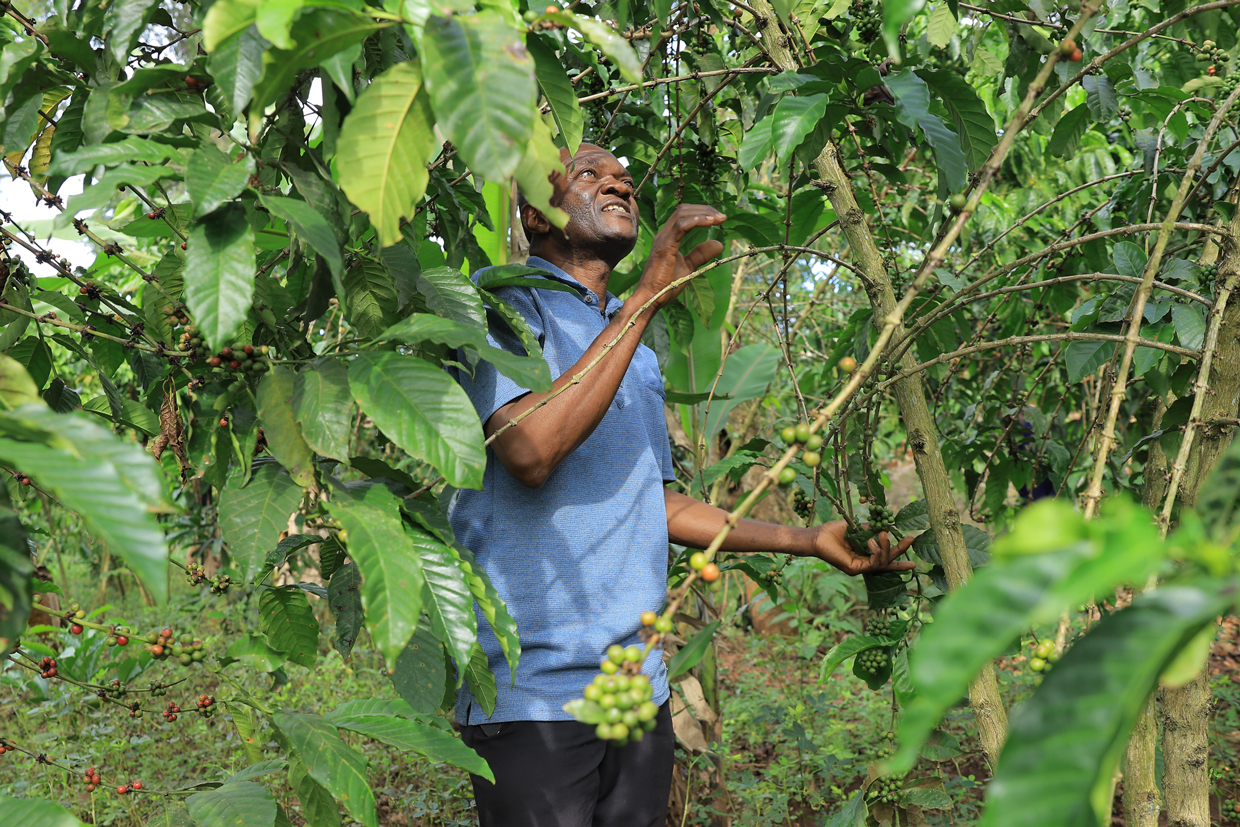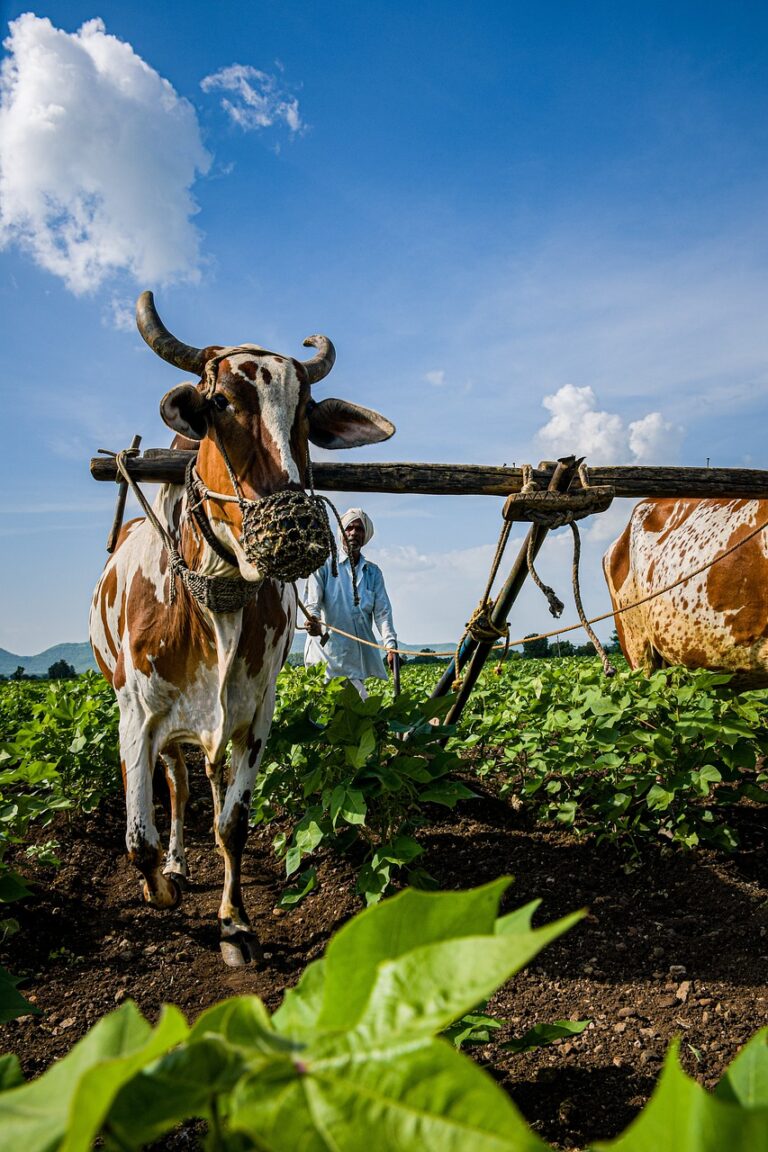
Agricultural systems rely heavily on a wide range of domesticated species, encompassing various crops, livestock, and fish, each with their unique varieties and breeds that ensure genetic diversity. In addition, more than 50,000 wild species are utilized globally for food, energy, medicine, and other materials.
It is a whole range of concrete practices that farmers put into action in their daily work in a way which is crucial to food security and the environment. From utilizing indigenous seeds that exhibit greater resilience to intercropping coffee with banana plants and revitalizing pollinator populations, these actions are vital for both food security and environmental health. Biodiversity is not merely an abstract concept debated among scientists and activists; it is a vital aspect of everyday agricultural practices that farmers engage in. The alarming decline in biodiversity, exacerbated by factors such as changes in land use, climate change, and overexploitation, poses a significant threat to the sustainability of our food systems.
In Uganda’s Luweero District, coffee and banana farmer Jane Nakandi Sebyaala operates the Twezimbe Kassala Community Seed Bank, dedicated to the preservation of indigenous seeds, which are crucial for maintaining a diverse array of crops. Jane highlights that these indigenous seeds can be replanted multiple times—up to ten—unlike hybrid seeds that require annual replacement, and they thrive without the need for pesticides or excessive fertilizers. She recalls a time when sourcing indigenous seeds was a challenge, but after the Food and Agriculture Organization of the United Nations (FAO) provided training on their benefits, the community began collaborating with village elders to gather and cultivate these seeds. As a result, Jane and her fellow farmers have successfully produced substantial harvests of Indigenous maize and beans, noting that these seeds are notably resilient to diseases and pests compared to their commercial counterparts.“The advantage of these indigenous seeds is their resilience. They are disease resilient and less susceptible to pests compared to commercial crops,” she says.
Pests present a significant challenge for Ugandan coffee farmer John Kagwa Tujjunge, who finds that the use of pesticides is not only expensive but also detrimental to biodiversity, impacting vital species such as bees, various insects, and earthworms, while also jeopardizing the quality of his coffee cherries. To combat pests like the black coffee twig borer, which damages the coffee twigs, John has resorted to using traps as a more sustainable solution.

Through insights gained from FAO training, John has shifted his focus towards removing weeds and unproductive branches that serve as breeding grounds for pests. He has also adopted innovative methods by utilizing locally sourced materials like soap, water, and ethanol to lure pest insects, a strategy he describes as “very simple, but very effective.” Furthermore, John faces the pressing issue of water scarcity, worsened by deforestation and climate change, which severely affects his coffee during dry spells. To mitigate this, he has implemented drainage channels in his garden to conserve water and has integrated banana plants into his coffee cultivation, enhancing the overall health and sustainability of his crops.
These banana plants provide shade for the coffee, helping to retain soil moisture and fostering habitat for beneficial organisms such as small insects and earthworms that aerate the soil through tunnelling, facilitating water absorption even during light rains. Additionally, the mulch he uses attracts termites and supports soil decomposition, thereby enriching soil fertility. The blooming coffee plants also draw in natural pollinators like bees and butterflies, further contributing to a thriving ecosystem.
All these practices have helped increase the yield from John’s 1.2 acres from roughly 90 kilograms of coffee to between 480 and 720 kilograms of coffee annually. Also, he can harvest coffee pretty much throughout the year, as opposed to just seasonally.
Pollination is also a key preoccupation for Wilson Kabagambe, who leads a beekeeping project supported by FAO in Uganda’s Nakaseke District. Before the FAO Farmer Field School training, he says, “You’d find somebody with a big acreage of maize, but with many dented cobs, signifying that there was no pollination or insufficient pollination.”
With coffee, Wilson says, it was a similar story “You could find the berries empty-seeded. That would signify that there was no pollination.” Destruction of the natural habitats of bees and the widespread use of chemicals had reduced the population of bees and other pollinators and the result was obvious.
Addressing this pollination shortage, the FAO project, “Mainstreaming Biodiversity across Agricultural Sectors to Implement the Kunming-Montreal Global Biodiversity Framework”, worked to build bee hives, offering artificial breeding nests for honeybees. So far, the project supplied over 500 beehives in the Nakaseke area.
The action to reintroduce pollinators boosted crop production, while the honey and other bee byproducts also provided farmers with an additional income source.
Biodiversity, whether through diverse local seeds or pollinators that help grow a range of crops and wild plants, is at the core of agrifood systems and at the heart of the work of farmers.
FAO said it is working to mainstream biodiversity into agricultural policies and practices in various countries including Uganda, the Lao People’s Democratic Republic and Madagascar.
To enhance biodiversity, the FAO initiated a “Learning Journey” as part of this project, aimed at facilitating knowledge exchange among farmers and agricultural experts. By sharing and standardizing effective practices, this initiative seeks to elevate the significance of biodiversity within the global agrifood sector, ultimately fostering a more sustainable agricultural landscape.
Source: The FAO News And Media Office, Rome





